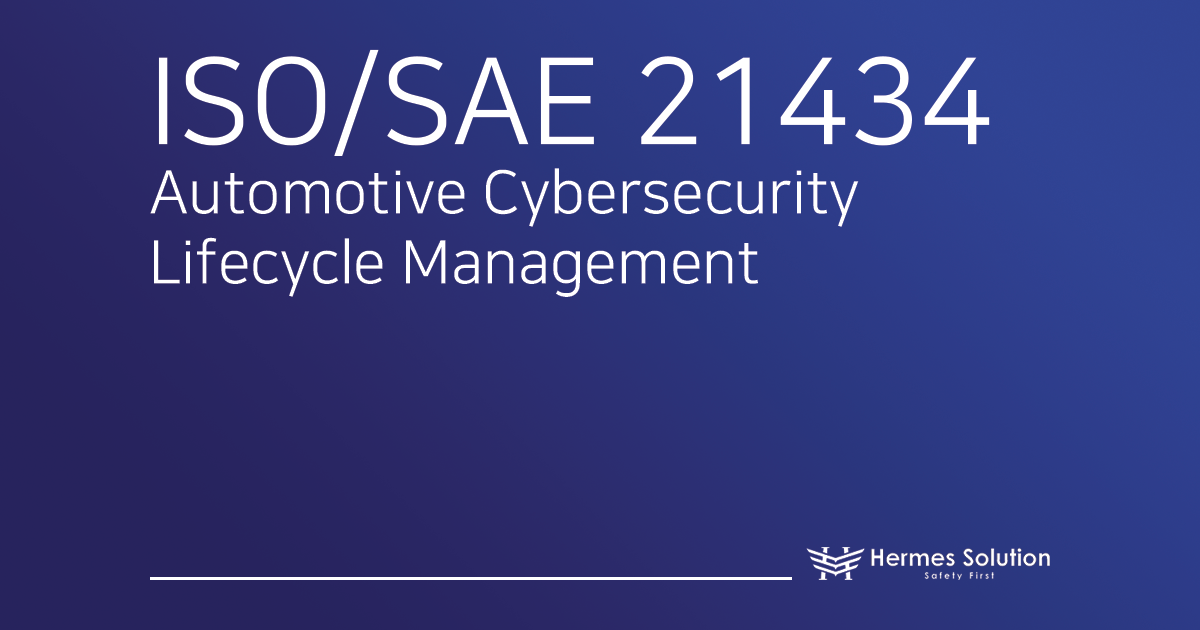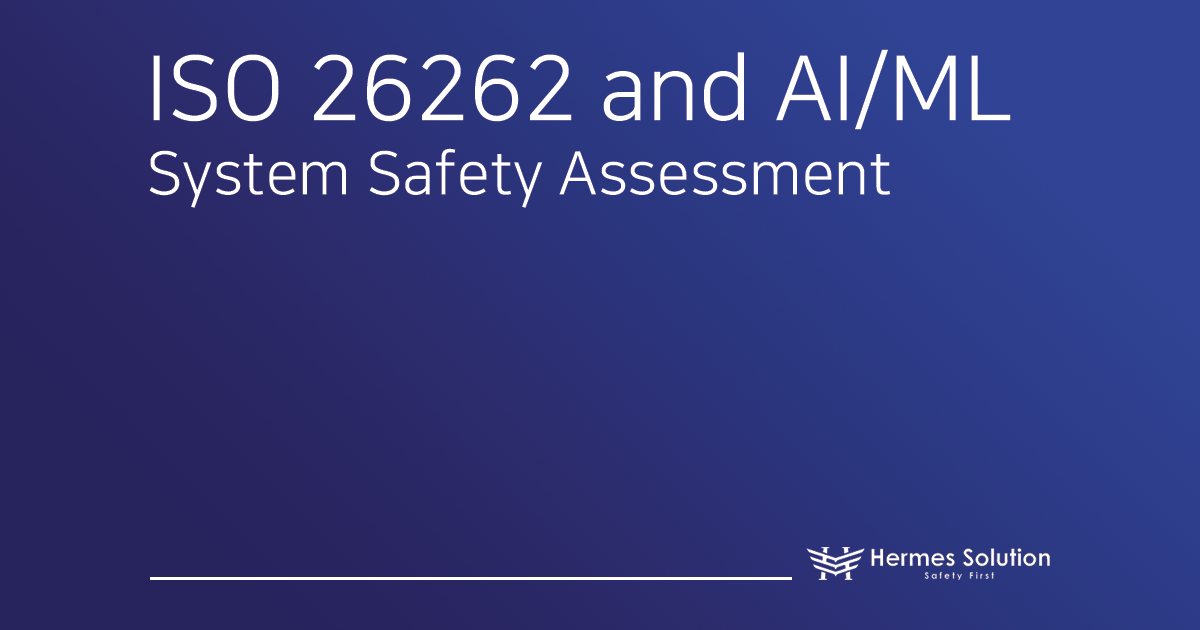In the automotive industry, ensuring functional safety is essential to prevent serious accidents and loss of life due to system malfunctions. For example, if the safety of automatic emergency braking, lane-keeping assist, and adaptive cruise control systems is not ensured, it can lead to major accidents. Standards such as ISO 26262:2018 provide the safety requirements needed during the design and manufacture of these systems.The first step in this process is ‘item definition’. In this content, we will look at the process of item definition according to the ISO 26262:2018 standard Part 3, Clause 5.

What is an item definition according to the ISO 26262:2018 standard?
Item definition is the process of defining a system or combination of systems that implements a specific function or part of a function at the vehicle level. For example, adaptive cruise control and lane-keeping assist. This activity is the starting point for ensuring functional safety and lays the foundation for the hazard analysis and risk assessment that will follow, as well as the establishment of functional safety concepts.
Key steps in the item definition process
The item definition process is critical to ensuring the safety and efficiency of systems that implement complex functionality. This process helps you understand how the item will behave and how it will interact with other systems or the environment. To make each step easier to understand, let’s take an adaptive cruise control (ACC) system as an example.

-
define functionality, dependencies, and interactions
Example: Adaptive Cruise Control (ACC).
Functionality: The ACC system adjusts your vehicle’s speed to keep it at a safe distance from the vehicle ahead. The system uses various sensors, such as the vehicle’s speed sensor, cameras, and radar, to measure the distance to the vehicle ahead.
Dependency: The system must work closely with the vehicle’s brake and acceleration systems.
Interaction: ACC adjusts based on driver input and environmental conditions (e.g., road conditions, traffic density).
-
State requirements and recommendations
Legal requirements: All automobile manufacturers must comply with their country’s automobile safety standards.
Quality, performance, and availability of features: The ACC system must be accurate, reliable, and show consistent performance under all operating conditions.
Limitations of the item: The system should only operate within a certain speed range, which may be limited in extreme weather conditions or on certain road types.
-
Define boundaries, interfaces, and interaction assumptions
Boundary: The ACC system works by communicating with the vehicle’s engine control unit (ECU). The boundaries of the system consist of the sensors, control unit, and brake and accelerator mechanisms.
Interfaces: The ACC system exchanges information with other systems in the vehicle through interfaces. For example, the interface with the brake system is important, and the data transfer takes place via the CAN bus system.
Interaction assumptions: The system is assumed to react when other vehicles or obstacles are detected. It must also be designed with the assumption that the driver can disengage the system at any time.
This process ensures the safety and effective functioning of the item and lays the foundation for future risk analysis and functional safety concepts. This plays an important role in ensuring the safety of the entire vehicle system.
Practical approach
Preliminary information gathering: Gather information such as product ideas, project outlines, etc.
Teamwork and collaboration: Work with experts to understand and define all aspects of the item.
Interdependency analysis: Get a clear understanding of how the item interacts with other systems or components.
Documentation and review: Document the item definition process and review with various stakeholders.
Sample organization of an item definition
Below is a brief table of contents organization of an item definition according to the ISO 26262:2018 standard.
-
Introduction: purpose, scope, definitions and abbreviations
-
Item overview: Item description, system boundaries, interfaces, and interactions
-
Environmental conditions: Operating and non-operating environments
-
Legal Requirements and Standards: National and international laws and regulations, applicable standards
-
Functional/Non-Functional Requirements: Functional behavior, performance, and quality requirements
-
Constraints and assumptions: Technical constraints, project assumptions
-
Requirements traceability: Traceability matrix
-
Appendices: Reference documents, change history
Defining an item according to the ISO 26262:2018 standard is an essential step in ensuring the functional safety of a vehicle. This process enables more effective risk analysis and functional safety concepts based on a deeper understanding of the item. This plays an important role in increasing the safety of the vehicle.












